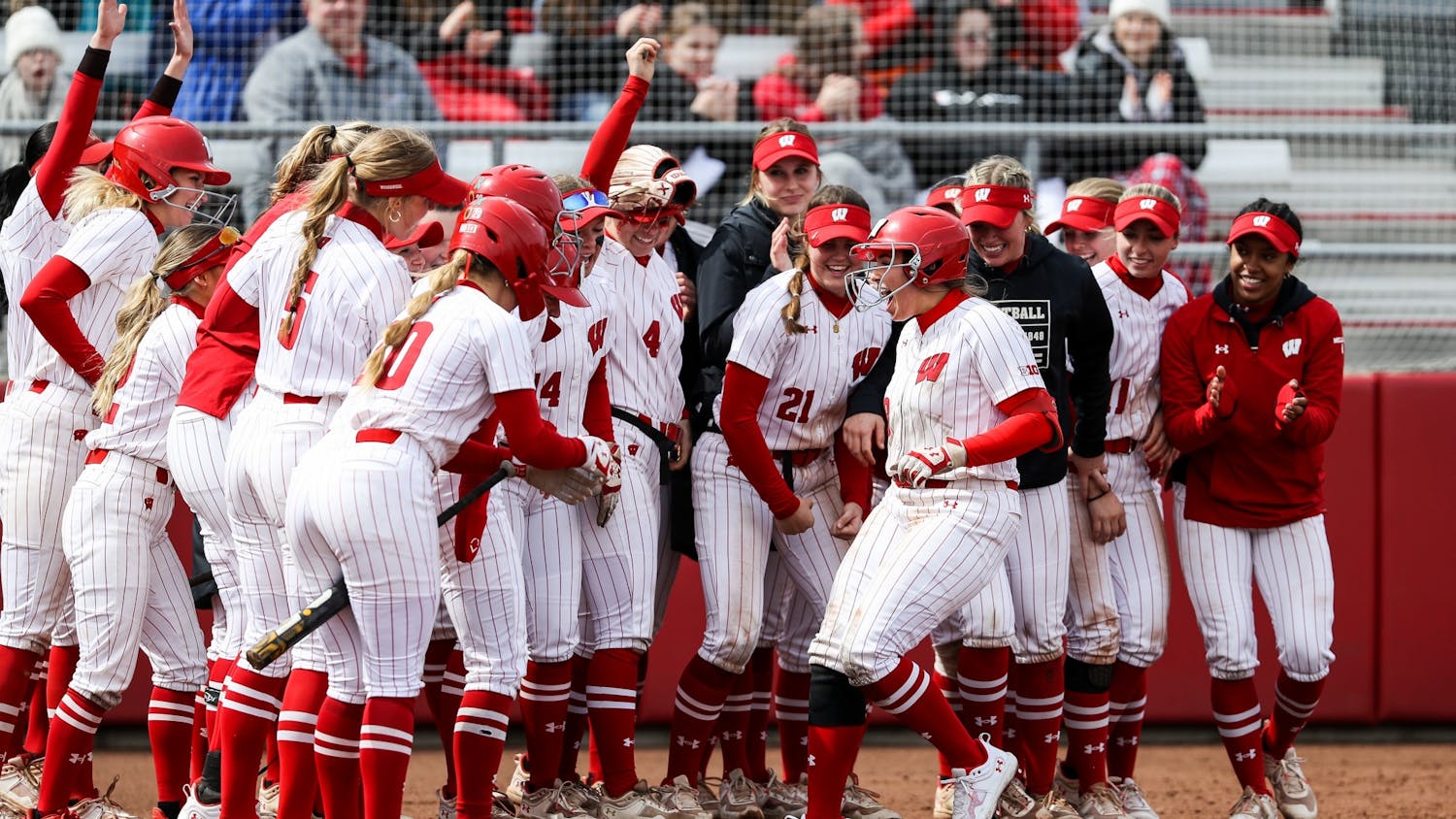The amount of time it takes to read this sentence out loud could save college basketball.
OK, that’s hopefully the requisite amount of hyperbole this column needs to grab your attention. Let’s talk about how we can improve college basketball.
I’m not going to blame you if you haven’t watched the National Invitation Tournament, which hasn’t been good for anything in recent years beyond giving Minnesota fans an inflated sense of accomplishment in the 2014 season. I still find it unbelievable there was a time when the NIT was the preeminent playoff and the NCAA Tournament was secondary.
But once again, the NIT is really good for something: serving as the lab for NCAA’s shot clock experiment. In case you haven’t heard, this year’s NIT has reduced its shot clock to 30 seconds from the current 35.
The results have been fantastic. As Shane Ryan of Grantland explained on Twitter, the average offensive efficiency of the NIT has risen from the national average to what would be around 60th of 351 teams. Pace of play, measured by possessions, has increased to the Top 40.
Read that paragraph again. Five seconds did that. Five seconds shifted the average offensive game into what would rank in the top fifth of college basketball today. Even when you mentally adjust for the fact that teams likely play more frantically in a playoff than the regular season, this is beyond significant.
Let’s be clear, the pace and level of offense in the college basketball game today are real problems. After a brief uptick in scoring when the ban on hand-checks went into effect in 2013, points per game have continued their decline to levels not seen since the days of Bill Russell in the 1950s. Pace of play is also down to its lowest level since Ken Pomeroy began measuring it as a stat in 2002.
If you’re talking about how the physical, grinding game is a throwback to the good ol’ days, you’re wrong. This level of drudgery doesn’t go back to Laettner’s, Jordan’s or Alcindor’s time in college, it basically goes back to the time when multiple black starters were taboo.
It’s understandable if you reflexively defend slow ball thanks to Wisconsin fandom, but if we’ve learned anything in the last two years, it’s that Bo Ryan’s system can work with a lower shot clock when he has the right talent. And let’s face it, if a team can’t get anything going offensively in 30 seconds, an extra five seconds probably won’t change the game for them.
There are other steps we can take to turn college basketball around and make it more exciting, like lowering the number of timeouts a coach receives or merging those with media timeouts if the situation allows. If the NCAA was feeling particularly bold, it could even widen the restricted zone to 4 feet like the NBA and limit the number of charges called.
For now though, the NIT has shown lowering the shot clock works, and that means the change can’t be implemented fast enough.
Despite the excitement of March Madness, does college basketball have room for improvement? What other rule changes should the sport consider? Email Jack at jack.baer@dailycardinal.com to share your opinion.






